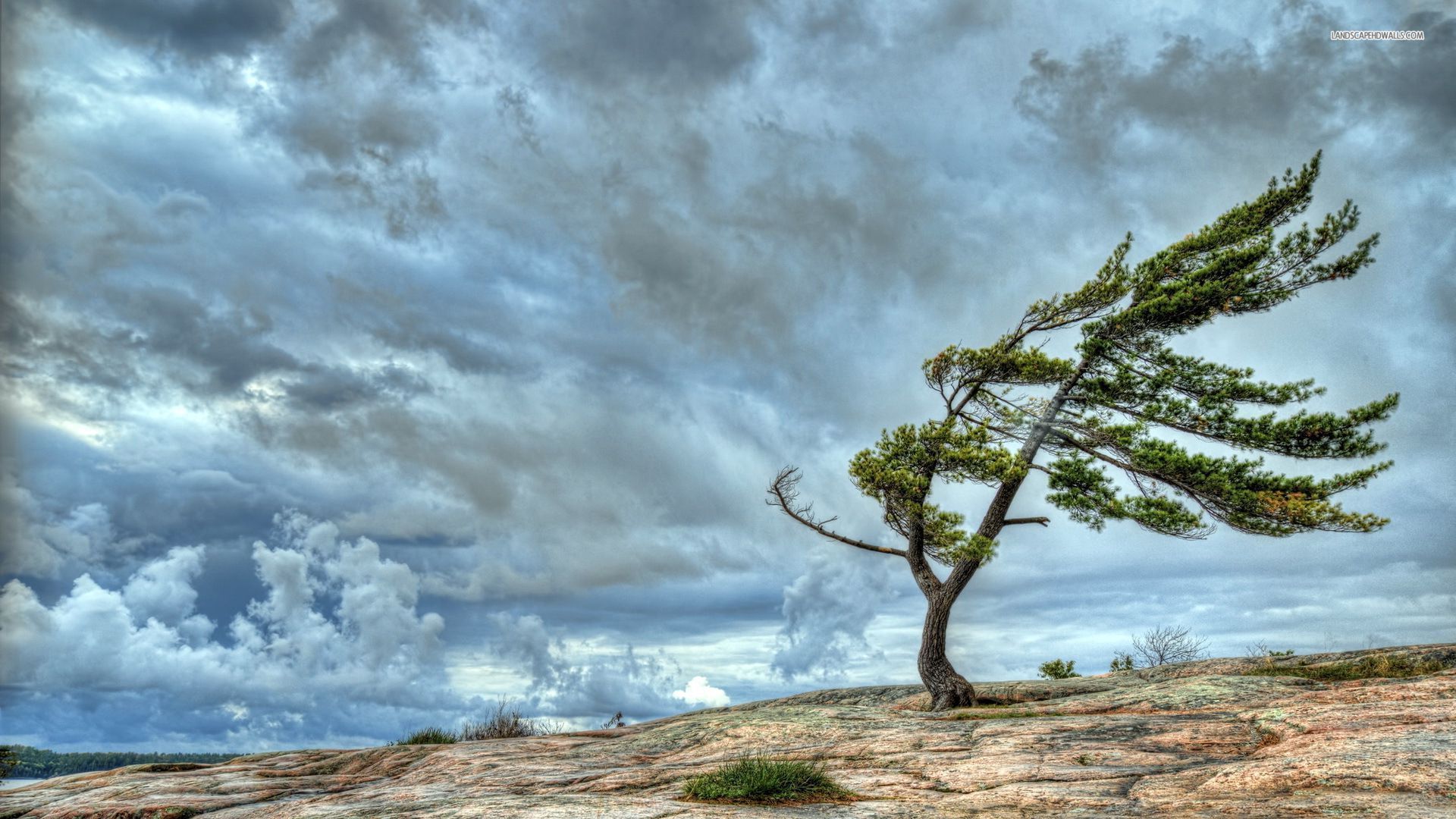

|
Blowin´ in the wind
By Bob Dyland
|
How many roads must a man walk down Before you call him a man? Yes, 'n' how many seas must a white dove sail Before she sleeps in the sand? Yes, 'n' how many times must the cannon balls fly Before they're forever banned? The answer, my friend, is blowin' in the wind, The answer is blowin' in the wind. How many times must a man look up Before he can see the sky? Yes, 'n' how many ears must one man have Before he can hear people cry? Yes, 'n' how many deaths will it take till he knows That too many people have died? The answer, my friend, is blowin' in the wind, The answer is blowin' in the wind. How many years can a mountain exist Before it's washed to the sea? Yes, 'n' how many years can some people exist Before they're allowed to be free? Yes, 'n' how many times can a man turn his head, Pretending he just doesn't see? The answer, my friend, is blowin' in the wind, The answer is blowin' in the wind. |

|
|
© Wikipedia, the free encyclopedia "Blowin' in the Wind" is a song written by Bob Dylan, and released on his 1963 album The Freewheelin' Bob Dylan. It is an example of the protest song, posing as it does philosophical questions about peace, war, and freedom. The fact that its popularity has not greatly diminished over time can perhaps be attributed to the fact that while the song asks these questions, it does not refer specifically to any particular political event. It has been covered by hundreds of artists. A few of the better-known acts who have done so are folk music trio Peter, Paul and Mary (who actually released their version — which lacks the harmonica solos after each verse — a few months before Dylan's), country guitar virtuoso Chet Atkins, folk chanteuse Judy Collins, soul singer Sam Cooke, blues belter Etta James, Neil Young (with air raid sound effects), Marlene Dietrich, Elvis Presley, Stevie Wonder (whose version became a top 10 hit on the Billboard Hot 100 in 1966), John Fogerty, Me First and the Gimme Gimmes, and was performed by Jenny in the award-winning movie Forrest Gump (sung by Joan Baez), and was lampooned in Me, Myself And Irene. Most recently, in 2005 Dolly Parton recorded the song with the bluegrass trio Nickel Creek. (Parton subsequently stated in a CNN interview that she'd initially tried to get Dylan himself to appear on her recording of the song, but that Dylan turned her down. Origins Dylan originally wrote and performed a two-verse version of the song; his first public performance of it, at Gerdes Folk City on April 16, 1962, was recorded and circulates among Dylan collectors. Shortly after this performance, he added the middle verse to the song. Some published versions of the lyrics reverse the order of the second and third verses, apparently because Dylan simply appended the middle verse to his original manuscript, rather than writing out a new copy with the verses in proper order. In interviews Dylan has never reported holding as high an opinion of the song as its popular acclaim would suggest - he has said he wrote the song in ten minutes. He has called it a work song, perhaps in reference to its derivative, rather than inspired, nature of its composition, the melody being derived from the old slave song "No More Auction Block", and some of its lyrical structure from the 1953 song "I Really Don't Want to Know". In 1963, Dylan performed the song for the first time on T.V. in the UK, when he appeared in The BBC television production of Madhouse On Castle Street. The song has also been sung and recorded in German. It is often known as Wieviele Strassen (How Many Roads) in that language.
In Bengali there has been a translation of the song recorded by popular Bengali bules singer Suman Chatterjee. It goes "Kotota Path" ("How Many Roads") in Bengali.
|